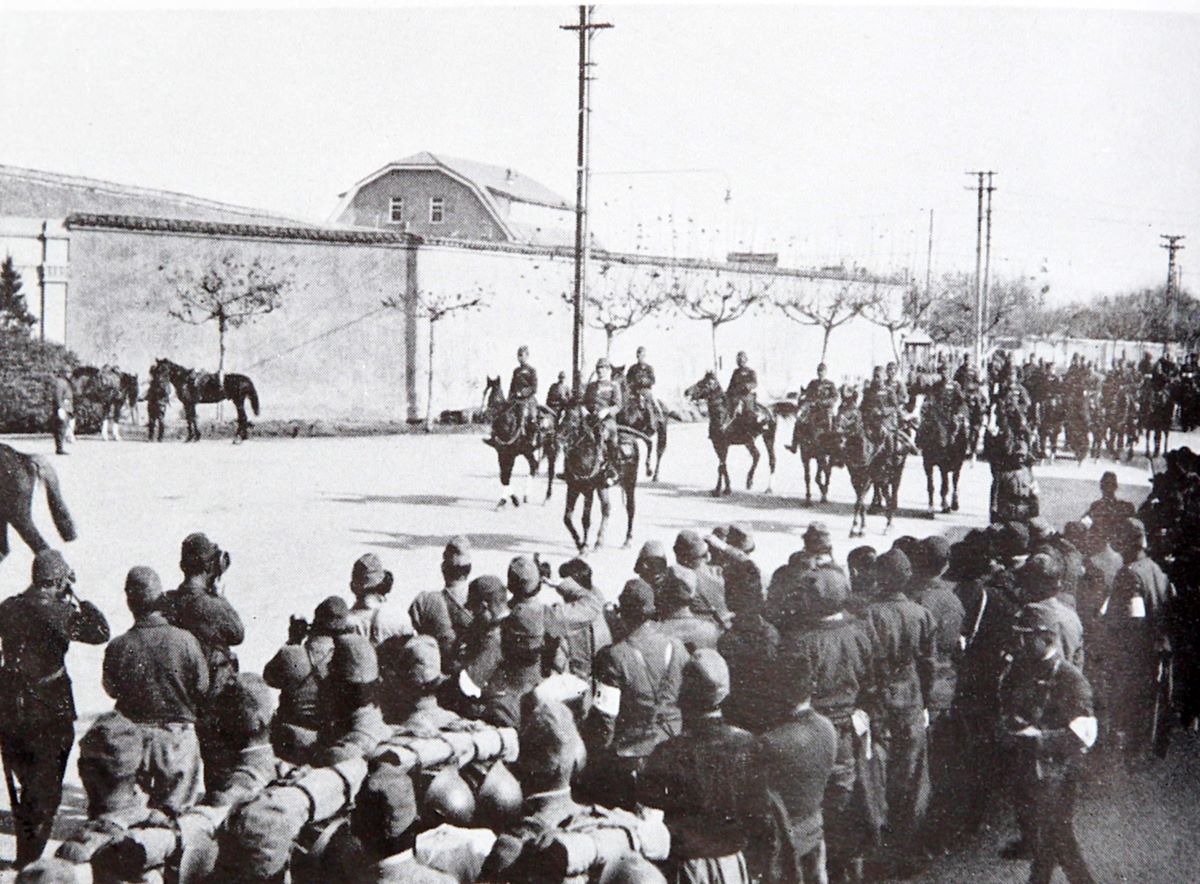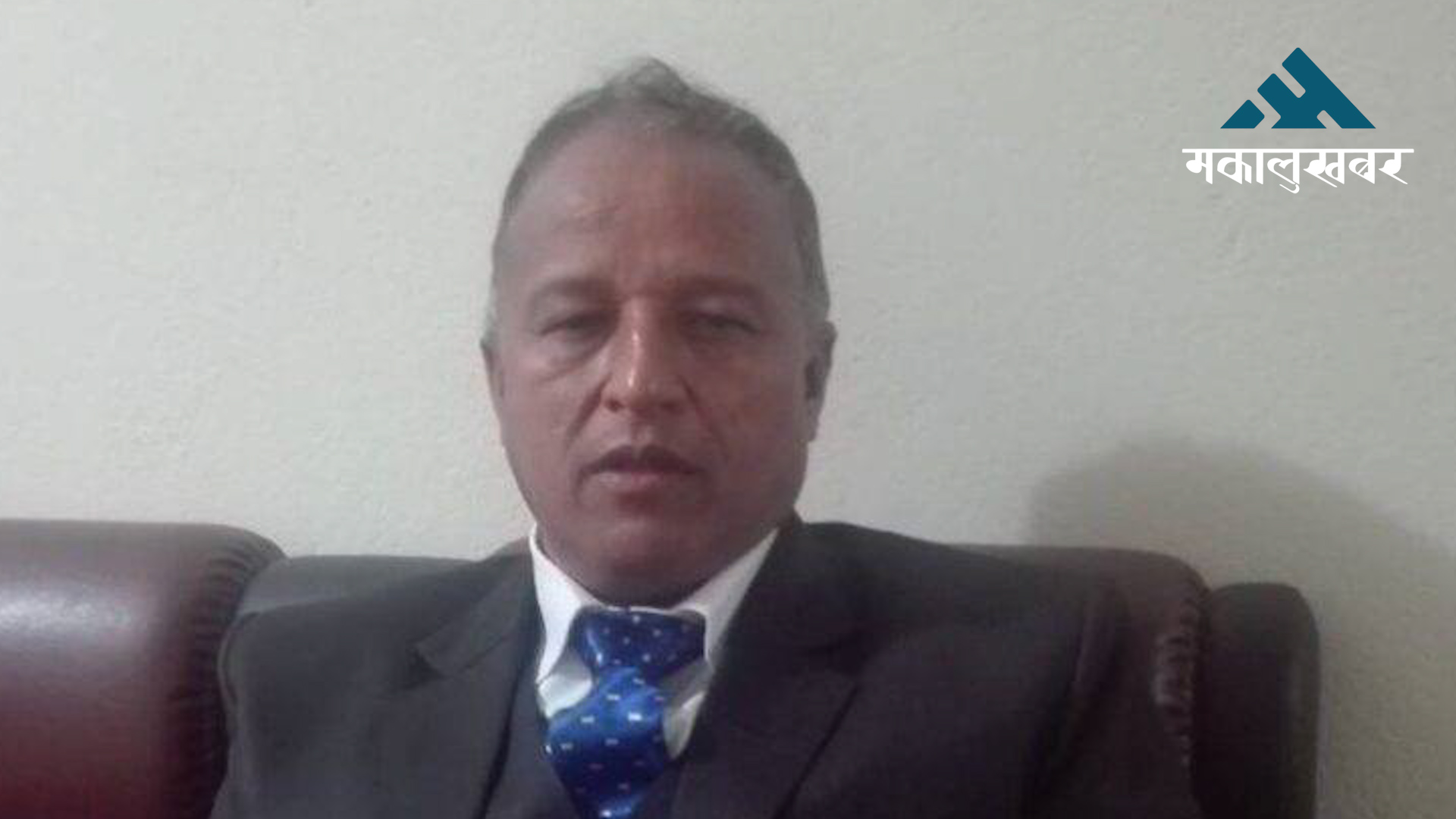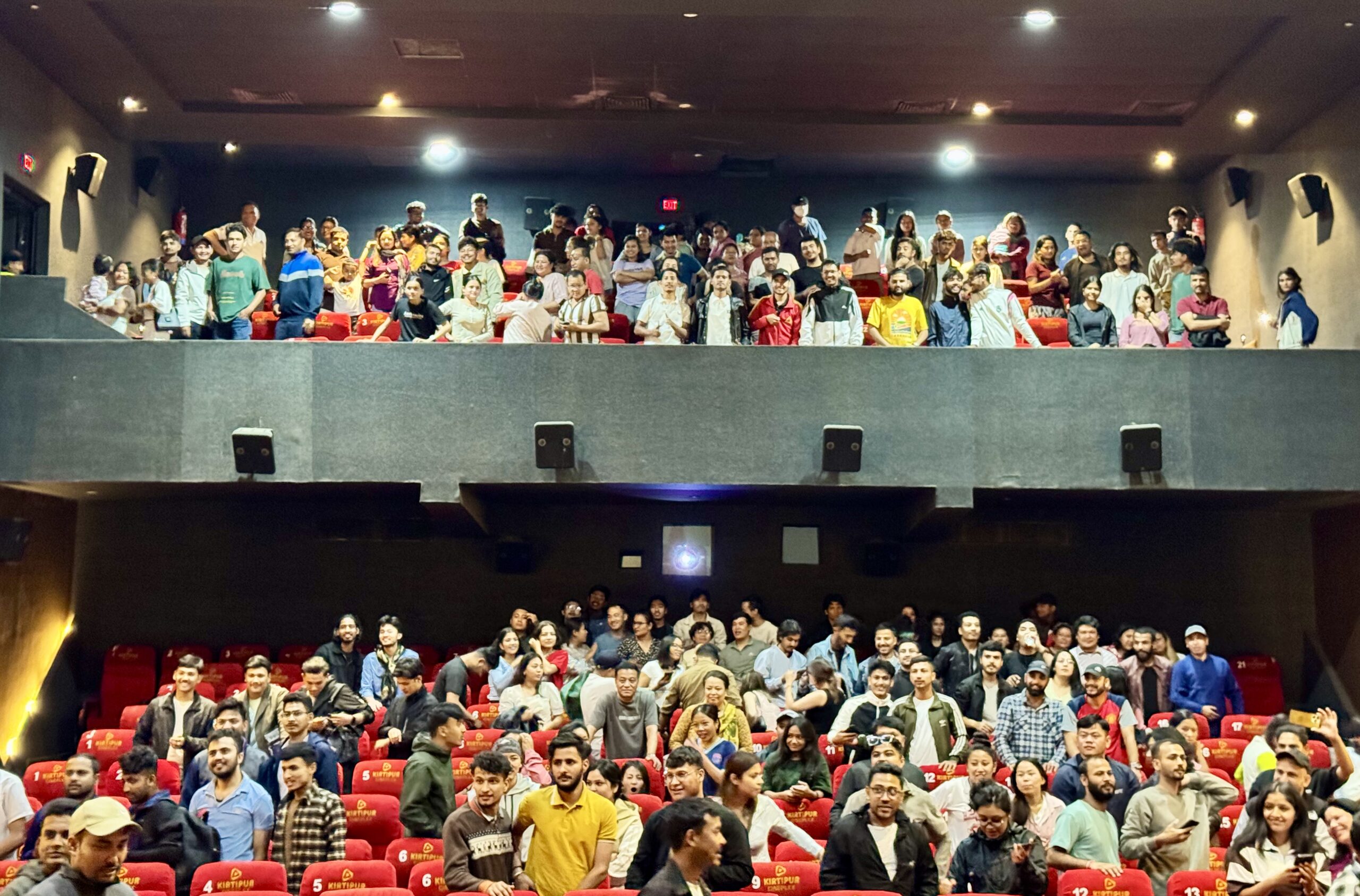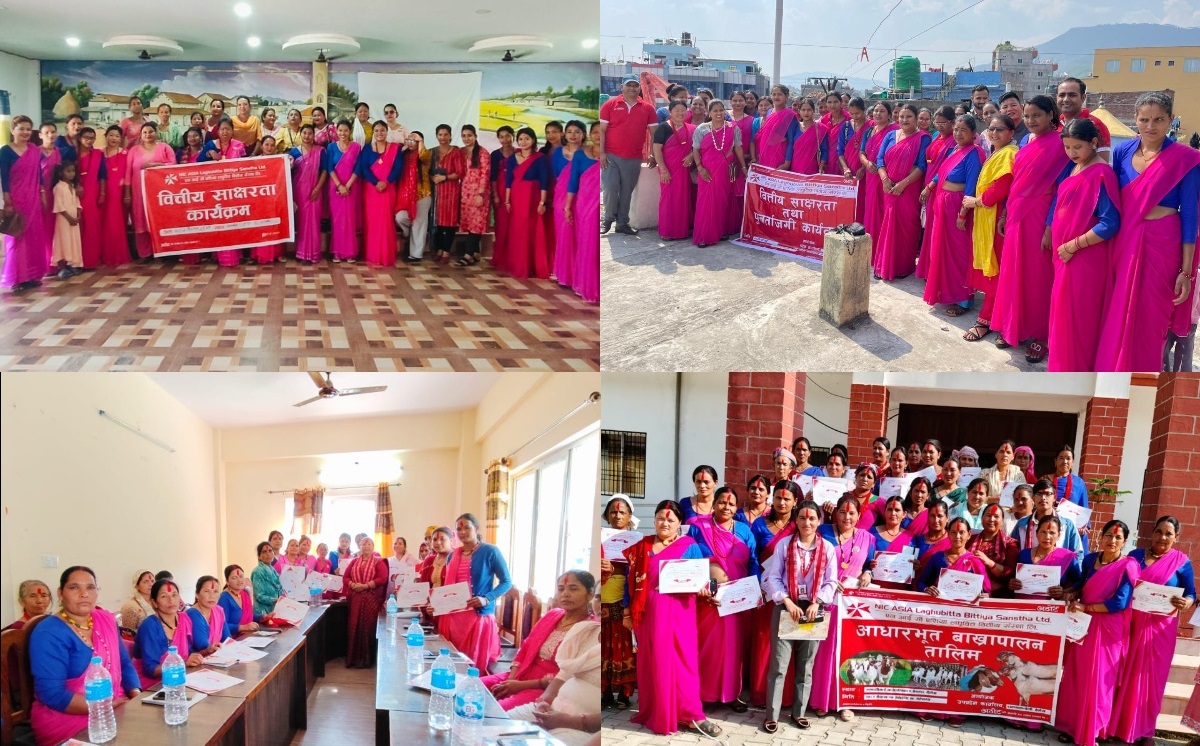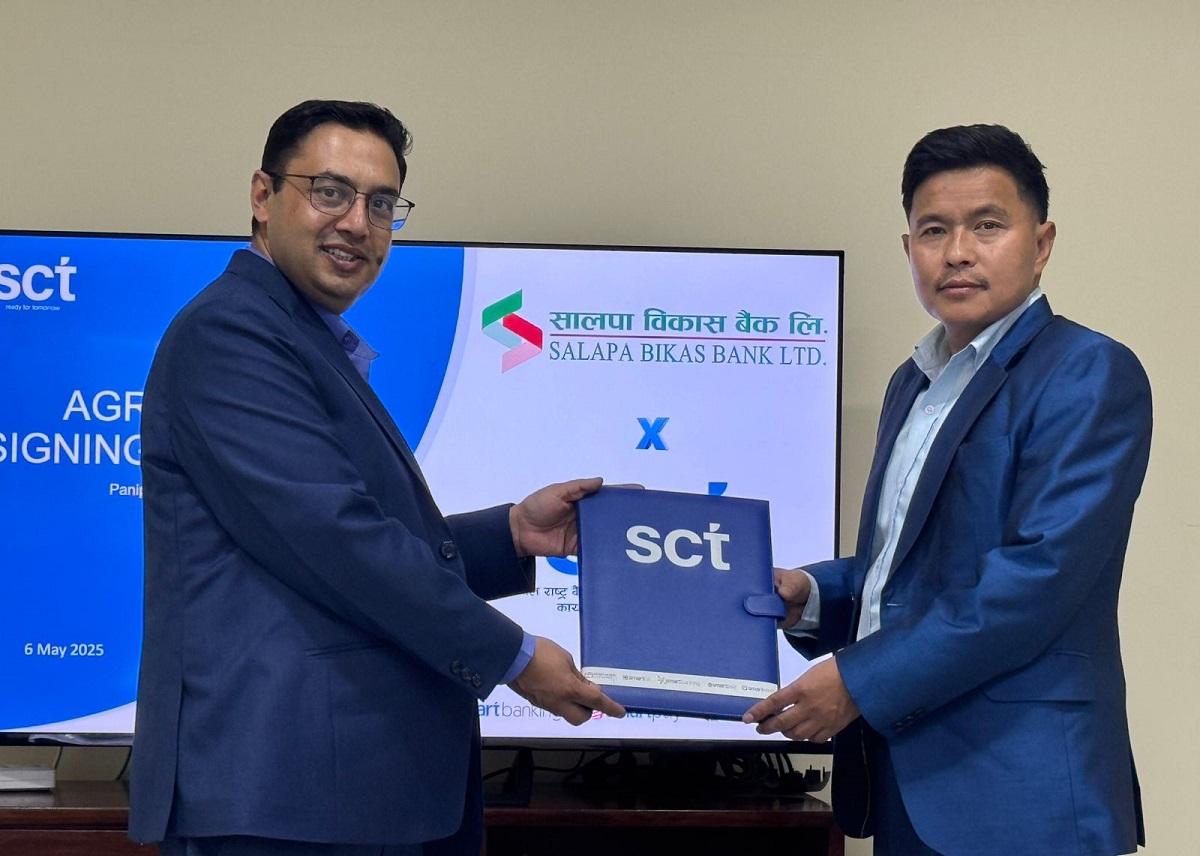Hymns tradition in Bhaktapur: A healing ritual for elderly (video)
Many are retirees who, despite being busy with their daily routines, gather here at dusk to sing hymns.

KATHMANDU: Around 5:30 PM each evening, the courtyard of Bhairavnath Temple in Bhaktapur fills with devotees.
Many are retirees who, despite being busy with their daily routines, gather here at dusk to sing hymns.
This time is not just for worship but also for sharing joys and sorrows, creating a close-knit community.
“This courtyard hosts the grand Bhairavnath Temple, the five-tiered Lakshmi Temple, and many others. We sing hymns, pray, and seek blessings from the deities,” shared Gyandendra Nath Kayastha, leader of the Aakash Bhairav Nava Bhajan Guthi.

Kayastha explained that the hymns, referred to as Dapha Bhajan, are a deeply rooted tradition. For 365 days a year, the group gathers to play instruments and sing devotional songs. “In earlier times, entertainment options were limited, and people spent time worshiping and singing hymns,” he added.
Currently, the group consists of around 30 members, although attendance varies from 10 to 20 members on different days.
A Legacy of Centuries
“The tradition of singing hymns dates back 270–280 years,” Kayastha revealed. “Our ancestors passed this practice down through generations, and we’ve learned it from them.”
He emphasized the historical importance of these rituals, saying that practicing and teaching hymns and instruments are essential to preserving the tradition. “During the day, elderly members may feel idle, but coming here to sing and pray brings them peace and comfort,” he said.
The hymns are composed by various authors over time, with senior members often creating new ones. The songs also celebrate historical figures such as Bhaktapur’s kings, like Ranajit Malla and Bhupatindra Malla, whose stories are immortalized in the hymns.
Kayastha noted that singing hymns is more than entertainment—it’s a source of joy and relaxation. After a day of work and stress, members find solace in the temple.
Challenges and Sustainability
Unlike modern entertainment, the tradition does not generate income. “We rely on donors for instruments and other materials,” Kayastha said. Some donors provide land, while others contribute money to sustain the practice.
Kayastha highlighted the rising costs of musical instruments and the economic struggles of those involved in such traditional practices. “Most people working in guthis and cultural activities face financial challenges. They dedicate significant time to this, leaving little room for other work,” he explained. He urged the government to provide financial aid or opportunities to support such individuals.
Bhaktapur Municipality plays a supportive role, regularly inquiring about challenges and offering suggestions.
The Joy of Hymns
For members like Krishna Hari Nirbhav, the daily ritual of singing hymns offers mental peace. “For one to one-and-a-half hours, we find refuge in the divine, which clears our minds of negative thoughts,” he said. Even young people occasionally join, showing growing interest in this tradition.
Interestingly, some members memorize the hymns, while others rely on books. Nirbhav recalls joining his father in singing hymns as a child, which he found delightful. Today, he continues the tradition with the same enthusiasm.

Badri Prasad Singhkhwal, another member, joined after retiring from his job. “Now, I spend an hour or so here every evening. It feels good to be part of this,” he shared. Singhkhwal also expressed concerns about the lack of government support for this cultural heritage.
A Shared Responsibility
The group’s 84-year-old members, Ganga and Jamuna Nagaju, exemplify lifelong dedication. The twin sisters, who started singing with their father and grandfather, continue to attend daily despite their age. “We sing hymns to Lord Suryabinayak, Bhairav, and other deities. It’s a source of joy, and even the cold doesn’t bother us while singing,” they shared.

With 30 members on paper, the actual attendance varies. Regardless of the numbers, the commitment remains steadfast.
For one evening each month, the group performs a nine-instrument hymn, which takes more time but is cherished by all.
The tradition of hymns at Bhairavnath Temple is more than a ritual; it’s a lifeline connecting generations.

As they sing in harmony, the members preserve their heritage, find peace, and foster a sense of belonging in their community.
-Tenzing Dolma Tamang



